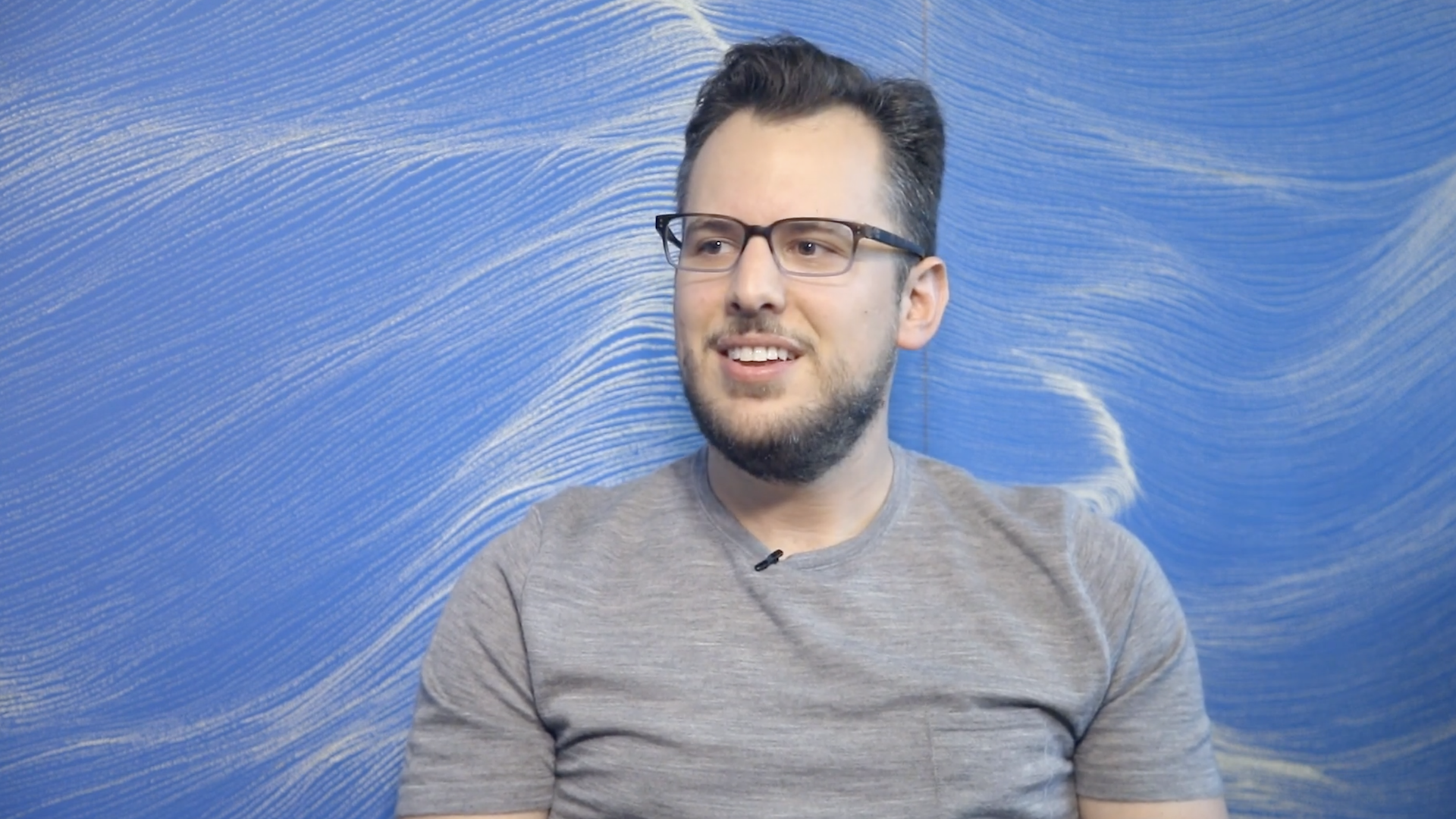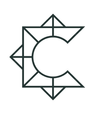Mike Krieger's Fireside Chat from the SPC Archive
Mike Krieger, co-founder and former CTO of Instagram, joined us for a conversation shortly after leaving the social media giant he helped build.

Few social media startups had a rise as meteoric as Instagram. The photo sharing app’s growth was astounding: 10,000 users within a few hours after going live in 2010, one million users in a month, 10 million in a year, and then one billion in 2018.
As the co-founder of Instagram, Mike Krieger was responsible for the technology that drove this explosive growth. So naturally we were thrilled to host Mike back in 2019 for a Fireside Chat. Krieger, who at the time had recently left his post as Instagram’s CTO, spent the hour-long discussion delving into his first year after leaving the social media company he helped build, tips for founders, discussing the transformation of Burbn into Instagram, and some of the wilder trends he witnessed evolve on Instagram. His insights from building one of the most important social media products in the world along with co-founder Kevin Systrom remain as interesting and relevant as ever.
Here are some of Krieger’s tips and stories from the conversation:
Finding Oneself at -1 (4:00)
- It’s really hard to go from doing something full time and then finding yourself sitting at home the next day wondering “what am I gonna do with my life?”
- For me, Instagram provided a diet not of food but of activity, a place where I worked with smart people and solved problems working with technology.
- I spent the next year discovering ways to fulfill those same activities: advising companies, auditing a Stanford University class on deep learning, and getting my hands dirty coding again. None of these were full time because I wasn’t sure what I wanted to commit to doing.
Advice for Founders Just Starting Out (8:05)
- The easiest trap to fall into is, “Well, I don't have answers to the one or two most important problems but maybe if I solve eight problems kind of well that'll solve all of our issues.”
- We fell into that trap at Instagram. The first six months were us building an app that wasn't working, and we added more features to the app that wasn't working in the belief that the ninth would be the feature that was gonna make everything better.
- Either your core idea/product works or it doesn’t. You can actually screw up other parts and it won’t matter, you just need a solid core.
- Your team will come to you with lots of ideas. Separate out the cool ideas that don’t move the needle of what you're trying to go for. Learn to say “no” aggressively.
- We reached a healthy place when we could agree on what problems were being solved by the team. We trusted the team to solve them—instead of micromanaging, we used six-month planning cycles.
Moving on from Burbn:
- It took us a long time because we had people who loved it. But the reality is you’re going to disappoint some people. The other issue is a lot of the people you’re disappointing are friends and family, who have your email address.
- We knew that active users were basically running flat, but we kept trying to convince ourselves that adding more stuff or making it faster was going to make a difference.
- Like they say, one of the most important things you can do is get out of the office and talk to real people about your product, what they are using, what they aren’t.
- If you cannot distill your product down to something that is understandable at a bar to a friend of a friend, you're not going to be able to explain it to the world. And that’s where we were.
Building Insta & Product Testing: (19:30)
- We met Monday mornings and made a list of the most important things that we were solving that week and worked really hard until we met Friday and said, “Okay, how did we do?”
- When we reviewed products, initially it was just four of us in a room, but as we started to scale, we became a multi-threaded company that created a big choke point at “product review with Mike and Kevin.” That’s not productive.
- We had to delegate. We met together and then the team would work for two weeks, come back to us and say, "we have a strong perspective on this, we just want to gut check it before we make it irreversible."
- It’s scary to give up some control but as you scale, you have to do it.
Recruiting: (21:32)
- I thought recruiting was a switch you turned on and you could hire 10 engineers tomorrow. I learned quickly that recruiting is more like turning a faucet on but the water needs to come from a mountain that needs its snow to melt. It's a long process.
- To be fair, we were engineers and recruiting isn’t exciting. Coding has instant rewards because you know a million people will instantly use the product. Or, I could take time to send the 100th cold call email and learn the candidate’s not interested or won’t reply at all.
- We got creative. We ran a coding competition where you had tickets that were a ripped up image and had to stitch it back together. I started going on Hacker News and finding people that had intelligent comments. We found our first ops engineer there.
Co-founders that Scale Well Together…: (34:15)
- It's very rare that co-founders get along for nine years. I look at the batch of companies we grew up with, some actually managed to keep co-founders around together which is awesome. A lot didn't.
- Things worked really well with Kevin and I because we never wanted each other's jobs. It's really, really helpful to have those clear roles in the end.
- You have to identify each other’s roles. Apple likes to call them DRI, directly responsible individuals. Who is the DRI on product decision-making? Who's the DRI on our fundraising round? Who's keeping the site up, who's hiring our engineers?
- We also built up a lot of trust in each other. There were definitely times on this journey where I spent much more time with Kevin than I did with my girlfriend-now-wife.
- I've seen two kinds of co-founders: those who, when things get bad, become self-reinforcing and together spiral out of control, and those that say, “yes it sucks but let's look at it this way and fix it.” It's useful to be calming influences on each other.
Unexpected trends created by Instagram: (53:18)
- Stories obviously came from Snapchat, but we had been looking for a way for people to post more casual photos. Teens were creating second accounts, called “Finstagrams” for fake Instagram accounts. Kevin and I created our own. It made it fun again. Thus Stories was born.
- Flop accounts. They started as ways of posting flops—a new way of saying fail if you're a teenager. But now teens are posting bigger-picture issues, like what's going on in Congress, and having long comment threads about today’s news.
- 3d generated fake Instagram people. They get brand deals worth tens of thousands of dollars. While there are real concerns about speech synthesis and video lip synching, the entertainment applications around emergent celebrities that are actually not real are infinitely scalable.
Many thanks again to Mike for joining us and sharing stories and insights from his years of experience.
If you are interested in attending similarly engaging speaker events with the most influential and interesting people in tech, science, startups, and more, you can apply for our events list here. If you’re interested in membership, please apply on our website and our membership committee will reach out.
